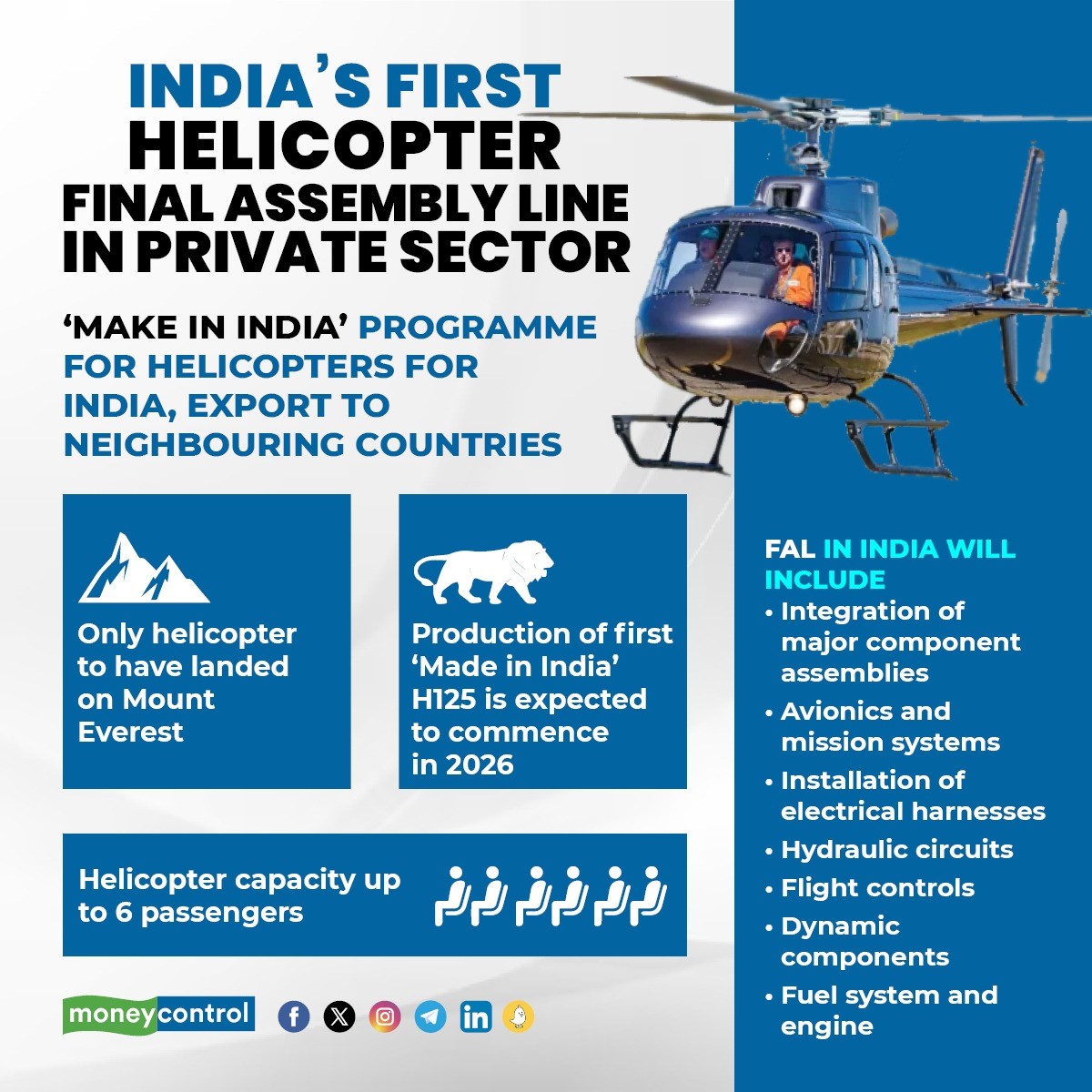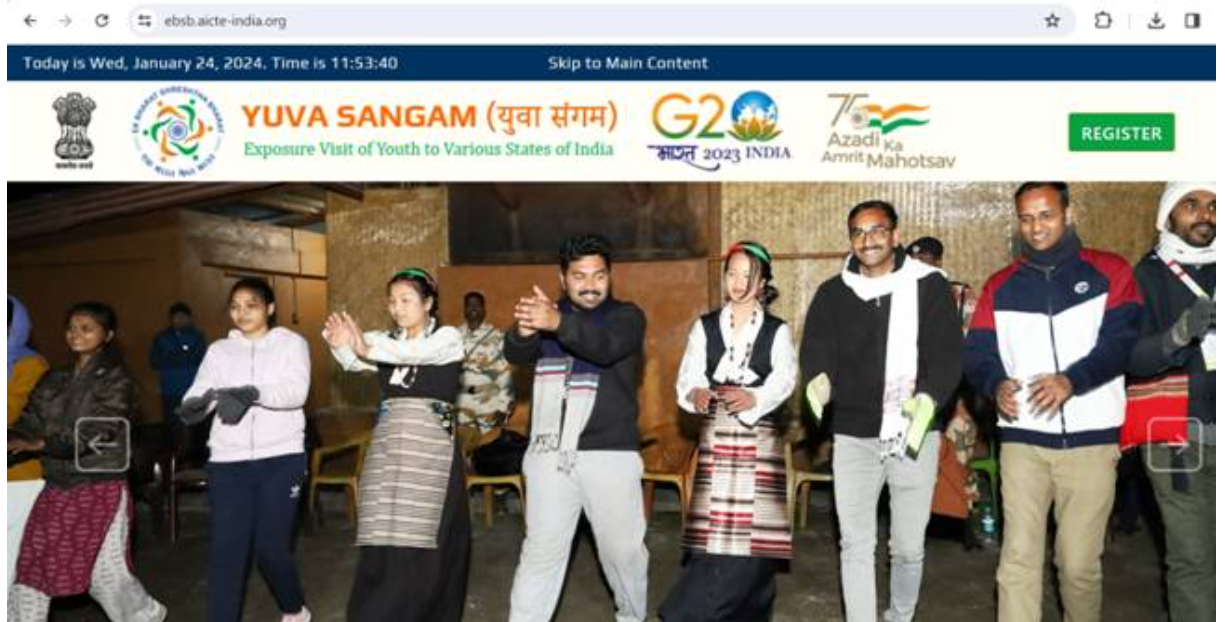1. All India Survey on Higher Education (AISHE) 2021-2022
Overview:
The Ministry of Education recently released the All India Survey on Higher Education (AISHE) 2021-2022, revealing transformative trends in the educational ecosystem.
Key Findings:
Enrollment Surge:
- Higher education enrollment witnessed a substantial increase, reaching 4.33 crore in 2021-22, reflecting a 26.5% rise since 2014-15.
- Female enrollment also surged by 32%, totaling 2.07 crore.
Gross Enrollment Ratio (GER):
- The GER increased to 28.4 in 2021-22 from 23.7 in 2014-15.
- Female GER surpassed male GER for the fifth consecutive year, registering 28.5 in 2021-22 compared to 22.9 in 2014-15.
Demographic Trends:
SC Student Enrollment:
- A substantial 44% increase in SC student enrollment in 2021-22 (66.23 lakh) compared to 2014-15 (46.07 lakh).
- Female SC student enrollment saw a remarkable 51% rise during the same period.
ST Student Enrollment:
– ST student enrollment exhibited a substantial 65.2% increase in 2021-22 (27.1 lakh) from 2014-15 (16.41 lakh).
– Female ST student enrollment soared by 80% during this period.
OBC Student Enrollment:
– OBC student enrollment witnessed a commendable 45% increase in 2021-22 (1.63 crore) from 2014-15 (1.13 crore).
– Female OBC students experienced a notable rise of 49.3%.
Ph.D. Enrollment:
– Total Ph.D. enrollment soared by 81.2% in 2021-22 (2.13 lakh) compared to 2014-15 (1.17 lakh).
– Female Ph.D. enrollment doubled in 2021-22 (0.99 lakh) from 2014-15 (0.48 lakh).
Minority Student Enrollment:
– Female minority student enrollment saw a 3% increase since 2014-15, reaching 15.2 lakh in 2021-22 from 10.7 lakh.
New Institutions and Faculties:
Institutional Growth:
- Since 2014-15, 341 universities or university-level institutions have been established.
Faculty Expansion:
- Female faculty and teachers increased to 6.94 lakh in 2021-22 from 5.69 lakh in 2014-15, showcasing a noteworthy 22% increase.
About AISHE:
- Ministry’s Initiative: The Ministry of Education, Government of India, has been conducting the All-India Survey on Higher Education (AISHE) since 2011.
This comprehensive survey covers all Higher Educational Institutions (HEIs) in the country, gathering detailed information on various parameters, including student enrollment, teachers, and infrastructure.
2. Delhi HC upholds Ban on Sapinda Marriages: Legal Insights
Introduction
Recently, the Delhi High Court rejected a challenge questioning the constitutionality of Section 5(v) of the Hindu Marriage Act, 1955 (HMA), which prohibits sapinda marriages among Hindus unless allowed by custom.
The court’s ruling highlights the legal limitations on these marriages and underscores the significance of overseeing marital choices.
Understanding Sapinda Marriages
- Definition: Sapinda marriages involve closely related individuals within specified degrees, as outlined in Section 3(f)(ii) of the HMA.
- Prohibition: The HMA restricts sapinda marriages within a defined range of lineal ascent, preventing unions between individuals sharing a common lineal ascendant within specified limits.
Legal Framework
- Void Marriages: Sapinda marriages violating Section 5(v) without an established custom permitting them are deemed void, rendering them invalid from the beginning.
- Customary Exception: The only exception to this prohibition occurs when both parties’ customs permit sapinda marriages, as defined in Section 3(a) of the HMA.
- Custom Criteria: To qualify as a custom, it must be consistently observed, uniform, reasonable, and not contrary to public policy, gaining acceptance among Hindus in a specific area or community.
Grounds for Challenging the Law
Constitutional Challenge: The petitioner argued that Section 5(v) violated the right to equality under Article 14 of the Constitution by requiring proof of custom for sapinda marriages.
Lack of Proof: The woman contended that sapinda marriages exist even without documented custom, and the mutual consent of both families validates the marriage.
High Court’s Decision
- No Established Custom: The Delhi HC found insufficient evidence of an established custom supporting sapinda marriages, a crucial requirement under the law.
- Regulation of Marriages: The court upheld the notion that the choice of a marriage partner can be subject to regulation.
- No Violation of Equality: The petitioner failed to present compelling legal grounds to challenge the prohibition against sapinda marriages on the basis of violating the right to equality.
International Perspectives
- European Laws: Laws regarding incestuous relationships in several European countries are less strict than those in India, permitting marriages between consenting adults.
- Examples: France, Belgium, Portugal, and Italy have varying laws concerning incestuous relationships and marriages.
- US Laws: In the United States, incestuous marriages are prohibited in all 50 states, although some states allow incestuous relationships between consenting adults.
Conclusion
The Delhi HC decision reiterates the legal framework overseeing sapinda marriages in India and underscores the significance of established customs in permitting such unions. It also underscores the diverse legal approaches to incestuous relationships and marriages in different countries.
3. India's First Private Helicopter Assembly Line
Context:
During the visit of French President Emmanuel Macron to India, Airbus Helicopters and the Tata Group have revealed plans to jointly establish India’s first private-sector helicopter assembly line.
Objectives:
The collaboration involves the creation of a Final Assembly Line (FAL) with the goal of manufacturing Airbus’ highly sought-after H125 single-engine civil helicopter, serving the Indian market and neighboring countries.
Recent TATA Aircraft Production Deals:
- This innovative endeavor mirrors the Airbus-Tata partnership in Vadodara, where they are constructing a Final Assembly Line for the C-295 military transport aircraft.
- This project is part of a significant contract to supply 56 aircraft to the Indian Air Force.
Partnership Dynamics:
- Tata Advanced Systems Limited (TASL), a subsidiary of the Tata Group, will lead the establishment of the helicopter assembly facility in collaboration with Airbus Helicopters.
- The initiative aims to strengthen aerospace ties between India and France, enhancing indigenous helicopter production capabilities.
- The Indian Final Assembly Line will manage the comprehensive integration of major components, avionics, and mission systems.
- It will also handle intricate tasks such as installing electrical harnesses, hydraulic circuits, flight controls, dynamic components, fuel systems, and engines.
- The facility will conduct rigorous testing, qualification, and deliver ‘Made in India’ H125 helicopters to customers in India and the surrounding region.
Timeline and Deliveries:
The FAL is expected to start delivering the first H125 helicopters by 2026, with the location yet to be finalized.
Significance of the H125 Helicopter:
- As part of Airbus’ Ecureuil family, the H125 is recognized as the world’s best-selling single-engine helicopter, accumulating over 38 million flight hours globally.
- Its versatility allows it to operate in challenging conditions, including high-and-hot environments, making it suitable for various missions such as aerial work, firefighting, law enforcement, rescue operations, air ambulance services, and passenger transport.
Economic Impact:
- Airbus, currently obtaining $750 million annually from India for its global supply chain, anticipates this figure to double to $1.5 billion per year by 2026.
This venture not only boosts India’s aerospace sector but also holds promising economic implications, fostering growth and collaboration in the dynamic aviation industry.
4. Yuva Sangam (Phase IV)
Context:
- The registration process for participation in Yuva Sangam (Phase IV) has begun online.
- A total of 2870 youths from all over India have engaged in 69 tours across different phases of Yuva Sangam.
About:
- Yuva Sangam, part of the Ek Bharat Shreshtha Bharat (EBSB) initiative by the Government of India, aims to strengthen connections among young individuals from various States/UTs.
- Interested individuals in the age group of 18-30, primarily students, NSS/NYKS volunteers, and employed/self-employed persons, can register for events on the YUVA SANGAM portal.
Significance:
- Aligned with the National Education Policy (NEP) 2020, Yuva Sangam emphasizes experiential learning and understanding India’s diverse culture firsthand.
- It fosters ongoing cultural exchange, celebrating diversity by providing participants with immersive experiences in life facets, natural landscapes, development landmarks, recent achievements, and youth connections in the host state.
- For Phase IV, 22 distinguished institutions across India have been identified.
- Participants from these states/UTs, led by the nodal HEI of the respective state/UT, will visit their paired state/UTs.
Programme:
- The initiative organizes educational-cum-cultural tours for youth, including both on-campus and off-campus students, from one state/UT to another.
- The tours provide multi-dimensional exposure in five broad areas: Paryatan (Tourism), Parampara (Traditions), Pragati (Development), Paraspar Sampark (People-to-people connect), and Prodyogiki (Technology).
- Youth from different states/UTs will spend 5-7 days (excluding travel days) visiting their paired counterparts, gaining immersive experiences and the chance to interact deeply with the local youth.
Key stakeholders:
The initiative follows a ‘Whole of Government’ approach, involving various ministries such as M/o Home Affairs, Culture, Tourism, Youth Affairs & Sports, Information & Broadcasting, Department for Development of North-East Region (DoNER), and Railways.
Previous Phases:
- Previous phases of Yuva Sangam have seen robust participation, with registrations numbering 16767, 21380, and 29151 in the three phases, respectively.
- Following the collaborative model of Kashi Tamil Sangamam (KTS), Yuva Sangam has received significant response and participation from all corners of India.
The program has instilled a spirit of volunteerism in the nation’s youth, with Yuva Sangam delegates actively contributing to NEP Celebrations, Akhil Bhartiya Shiksha Samagam in Delhi (July 2023), Azadi Ka Amrit Mahotsav celebrations, Meri Maati Mera Desh campaign, and various other nation-building activities.
5. 2024 Padma Awards Announced
Context:
- The Central government has announced that former Vice-President M. Venkaiah Naidu, actors Chiranjeevi and Vyjayanthimala Bali, and Bharatanatyam dancer Padma Subrahmanyam will receive the Padma Vibhushan, the second-highest civilian award in India.
- Additionally, Bindeshwar Pathak, the founder of Sulabh International, will be posthumously conferred with the award.
Background on Padma Awards
- The Padma Awards, considered among India’s most prestigious civilian honors, are declared annually on the eve of Republic Day, following the Bharat Ratna.
- These awards aim to acknowledge outstanding achievements in various fields, with a focus on public service.
- The Bharat Ratna and Padma Vibhushan were introduced by the Government of India in 1954, initially categorized as Pahela Varg, Dusra Varg, and Tisra Varg.
- These were later renamed as Padma Vibhushan, Padma Bhushan, and Padma Shri in 1955.
Award Categories
The Padma Awards consist of three categories:
- Padma Vibhushan: Recognizes ‘exceptional and distinguished service.’
- Padma Bhushan: Acknowledges ‘distinguished service of a high order.’
- Padma Shri: Granted for ‘distinguished service.’
Eligibility Criteria
- Open to individuals regardless of race, occupation, position, or gender, the awards typically exclude government employees, except for doctors and scientists.
- While posthumous awards are uncommon, exceptions may be made in exceptional cases.
- A recipient becomes eligible for a higher Padma award category only after a minimum of five years since receiving the previous Padma honor, with exceptions for highly deserving cases.
Nomination Process
- Nominations undergo review by the Padma Awards Committee, annually formed by the Prime Minister.
- Chaired by the Cabinet Secretary, the committee includes the Home Secretary, Secretary to the President, and 4-6 distinguished members.
- The Committee’s recommendations then receive final approval from the Prime Minister and the President.
Limitations
- Padma Awards are not titles and cannot be used as prefixes or suffixes to awardees’ names.
The annual limit for awards, excluding posthumous ones and those for NRIs/foreigners/OCIs, is capped at 120.




